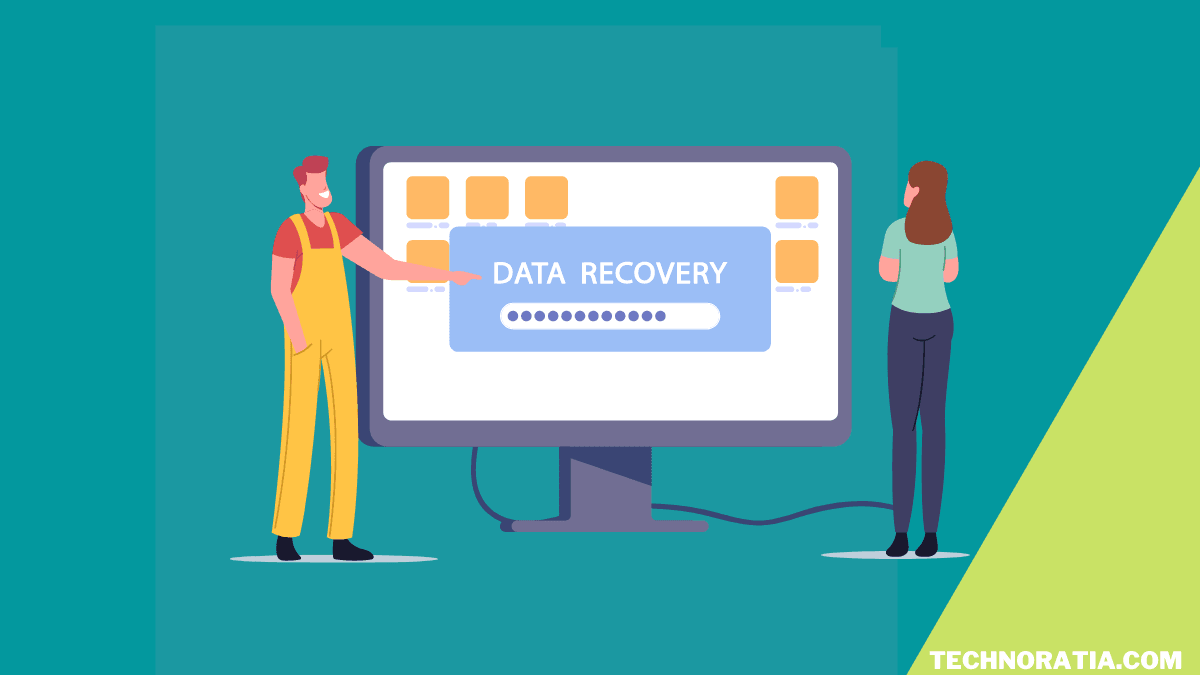Challenging misconceptions about data and document security is a new environment faced by organizations today in the world of remote working and secure document distribution.
In an elaborate demonstration arranged by a data security professional, the following scenario was played out. A lady walks in through the front door of a technology company and reveals that she was in a car accident. The staff at the company rush to extend help in any form, but she claims it is not severe and requests freshening up in the restroom.
The staff later discover that the woman inserted a USB drive into an unattended laptop and infected the company’s networks with malware. This demonstration was to reveal to employees that not all data attacks can be carried out remotely. This is just one of many reasons why CISO training is critical for any organization.
One of the biggest myths that need to be debunked is that hackers do not interact with their targets. Given that numerous employees are working remotely, it increases their vulnerability more than ever, and hence, it is crucial to challenge strong misconceptions regarding data and document security.

Myth 1: The IT Security Team is Going to Safeguard me
Most employees reveal that since they are not particularly technical, they merely delegate the task of keeping their organizational documents secure to professionals, such as the IT department.
But in this precarious era where every staff member is now making use of various connected devices and cybercriminals are increasingly stepping up social engineering activities to target employees across companies, the excuse of leaving data and document security up to someone else can no longer be held valid.
The complacent idea that the data security team is all-encompassing can be one of the most calamitous data security myths out there. Employees working remotely assume that the IT security team would take care of all data and document protection regardless of what they do.
>> Read: 9 Best Secure Browsers that Protect Your Privacy & Security
And while this is not only inaccurate, it is also the opposite of the fact. Deceiving and manipulating employees to infiltrate an organization, are two of the most successful social engineering attacks prevalent today.
These are not only standard views held by people worldwide, but it is one that can be highly expensive for a company. And in this regard, any employee can become a target, from the director to the receptionist.
Human factors as the most severe vulnerabilities in document security systems point to a single solution: enabling staff members to become data and document security defenders at every stage of the organization.
Myth 2: IT Departments are Immune to Data Attacks
Most organizations are of the opinion that a well-trained IT department in security procedures is all the data security they need to know to prevent against document leakage and hacking attacks. Unfortunately, this is another dangerous myth. Even experts have been known to fall for social engineering attacks.
Under deadlines and strenuous tasks, employees tend to look for the easy way of doing things that also include IT professionals. In an organization, individuals are called to multitask, and in some cases, data and document security does not always get the consideration and preference it needs at all times.
This is why, having continuous training across the company, and not just annual training modules, must be the way forward in the new normal for secure remote working and document distribution. Having consistent and frequent hands-on awareness training can be an efficient way for organizations to ensure that documents are adequately protected and data are kept safe.
This can be especially crucial for small and medium businesses that cannot afford a dedicated IT security department. Even in large organizations, despite IT professionals recognizing and trying to thwart data attacks, most companies are still left with inadequate defense systems, while others may not have the requisite resources to build a strong IT team.
Hence, having effective data security platforms and document security procedures in place must include every employee in the company.
Robust data security platforms must not be built on clichés and legends. There are numerous ways in which data threats can defy an individual’s assumptions, especially given today’s scenario. However, the most alarming myth is the belief that data security and document protection is someone else’s responsibility.
Every employee must be armed against data attacks, and while this can mean an overwhelming and daunting task at first, knowing that they can keep their personal data and organizational documents safe from a cyber-attack can also be an empowering factor.
To ensure that the access and distribution of your documents in PDF files containing valuable information are controlled, you need to look into digital rights management software.
PDF DRM is a document security solution that enables you to implement and impose copy protection security for your classified information such as market research, training modules, eLearning materials, confidential documents, reports, e-books, and more.
By protecting your valuable digital data from unauthorized redistribution, you can ensure it is not invertedly shared or leaked. PDF DRM also enables you to restrict ways your permitted users or recipients can use your content.
>> Read: Blockchain Programing: What Developers Should Know
For example, you may want to disable printing, ensure only authorized devices can be used to view confidential documents, automatically expire documents after a period of time, and track document use.

